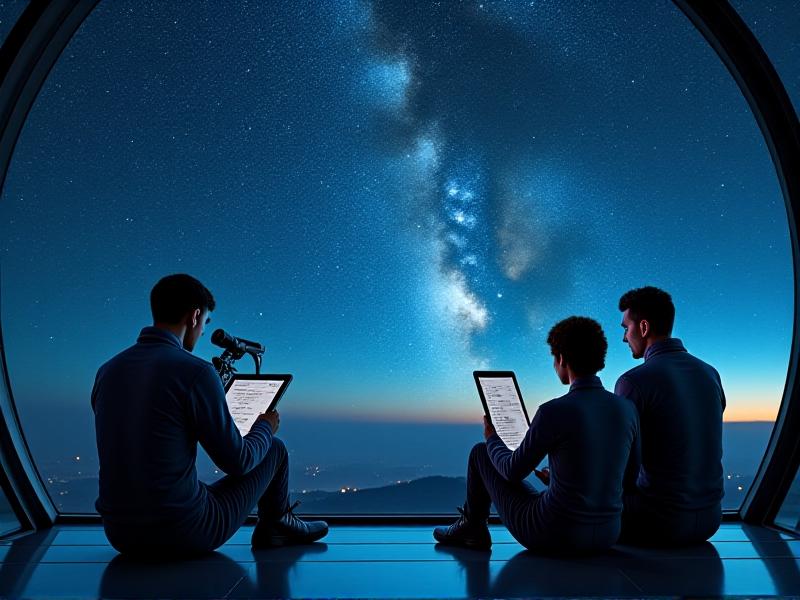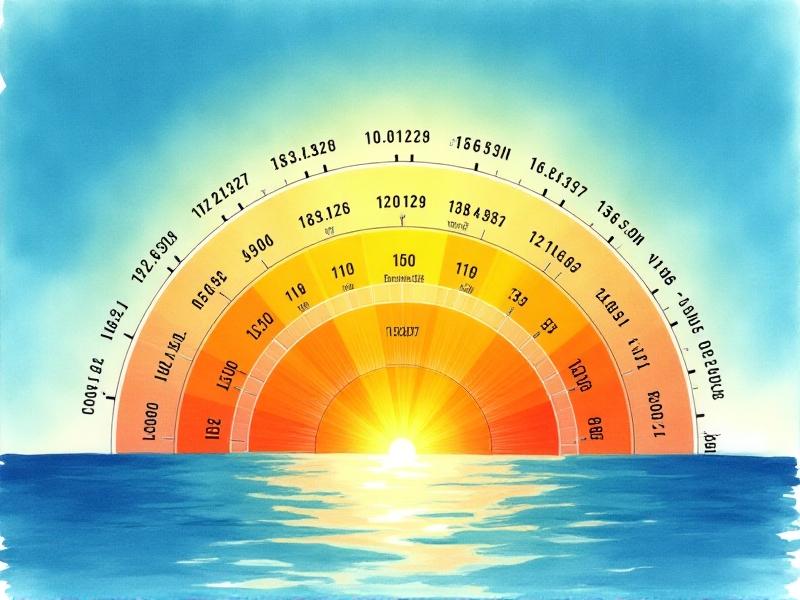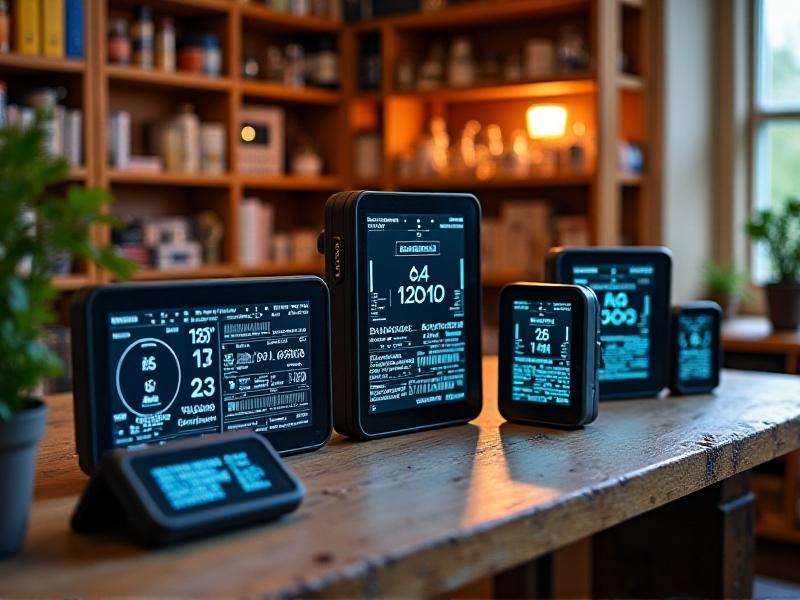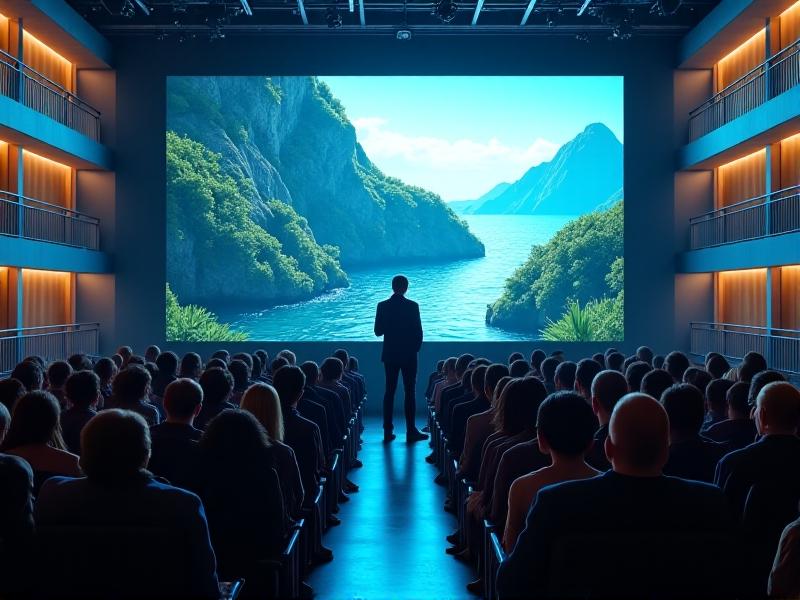Automated Alt-Text Generation for Astrophotography Archives
The Importance of Alt-Text in Astrophotography Archives
Astrophotography captures the awe-inspiring beauty of the cosmos, from distant galaxies to shimmering nebulae. However, the sheer volume of images in astrophotography archives presents a challenge: how to make these visual treasures accessible to everyone, including those who rely on screen readers or have visual impairments. This is where alt-text comes in. Alt-text, or alternative text, is a brief description of an image that conveys its content and context. For astrophotography, alt-text is not just a technical requirement—it’s a bridge between the wonders of the universe and the diverse audience that seeks to explore them.
Automated alt-text generation for astrophotography archives is a game-changer. It ensures that every image, whether it’s a close-up of the Moon’s craters or a wide-angle shot of the Milky Way, is accompanied by a description that is both accurate and engaging. This process involves leveraging machine learning algorithms trained on vast datasets of astronomical images to generate descriptive, context-rich alt-text. The result is a more inclusive and accessible archive that opens up the cosmos to a broader audience.
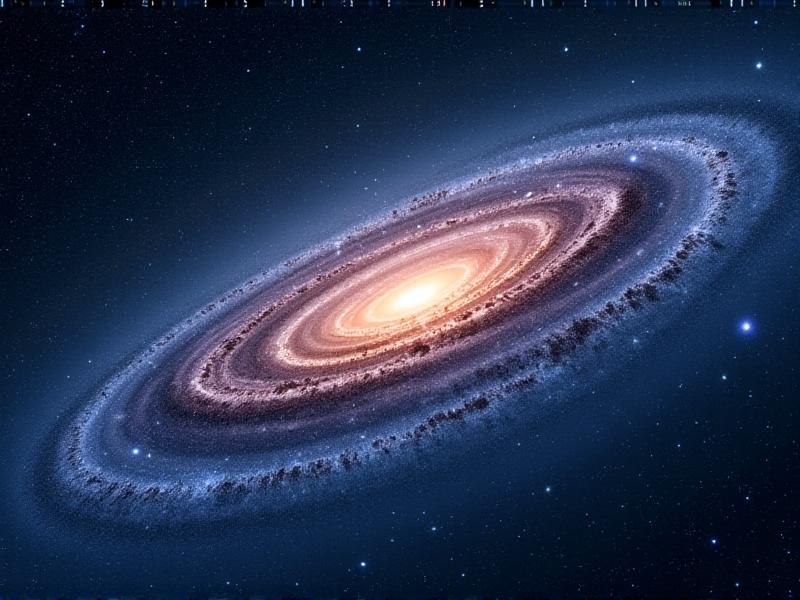
How Automated Alt-Text Generation Works
Automated alt-text generation relies on advanced technologies such as computer vision and natural language processing (NLP). These systems analyze the visual elements of an image—its subject, colors, lighting, and composition—and generate a textual description that captures its essence. For astrophotography, this process is particularly complex due to the unique characteristics of celestial objects and phenomena. For example, a machine learning model must distinguish between a star cluster and a nebula, or identify the specific features of a planetary surface.
The training process for these models involves feeding them thousands of annotated astrophotography images. Each image is paired with a detailed description that serves as a reference for the algorithm. Over time, the model learns to recognize patterns and generate descriptions that are both accurate and evocative. This technology is not without its challenges, however. Astrophotography often involves low-light conditions and intricate details that can be difficult for algorithms to interpret. Despite these hurdles, automated alt-text generation has made significant strides, offering a scalable solution for large archives.

Benefits of Automated Alt-Text for Accessibility
One of the most significant benefits of automated alt-text generation is its impact on accessibility. For individuals with visual impairments, alt-text provides a way to experience the beauty of astrophotography through descriptive language. Screen readers can read these descriptions aloud, allowing users to form a mental image of the celestial scene. This is especially important for educational and outreach initiatives, where astrophotography is used to inspire and inform.
Automated alt-text also enhances the usability of astrophotography archives for researchers and enthusiasts. By providing detailed descriptions of each image, it makes it easier to search and categorize large datasets. For example, a researcher studying supernovae could use alt-text to quickly identify relevant images in an archive. This not only saves time but also ensures that valuable data is not overlooked. In this way, automated alt-text generation serves both accessibility and practical purposes, making astrophotography archives more inclusive and efficient.

Challenges in Generating Accurate Alt-Text for Astrophotography
While automated alt-text generation offers many advantages, it is not without its challenges. One of the primary difficulties is the complexity of astrophotography itself. Celestial objects often have intricate structures and subtle details that can be difficult for algorithms to interpret. For example, distinguishing between different types of galaxies—spiral, elliptical, or irregular—requires a deep understanding of their unique characteristics.
Another challenge is the variability in image quality. Astrophotography often involves long exposures and specialized equipment, but even the best images can suffer from noise, distortion, or other artifacts. These issues can confuse algorithms, leading to inaccurate or incomplete descriptions. Additionally, the vastness of the cosmos means that there is an almost infinite variety of subjects to describe, from planets and moons to distant galaxies and nebulae. This diversity makes it difficult to create a one-size-fits-all solution for alt-text generation.
Future Directions in Automated Alt-Text Generation
The field of automated alt-text generation is rapidly evolving, with new advancements promising to address current challenges and expand its capabilities. One area of focus is improving the accuracy and detail of descriptions. This involves developing more sophisticated algorithms that can recognize and describe subtle features in astrophotography, such as the texture of a planetary surface or the dynamics of a star-forming region.
Another promising direction is the integration of user feedback. By allowing users to provide input on the quality of alt-text descriptions, developers can refine their algorithms and ensure that they meet the needs of diverse audiences. Additionally, advancements in AI and machine learning are enabling the creation of more context-aware descriptions that not only describe the image but also explain its significance or relevance. For example, an alt-text description might include information about the scientific importance of a particular celestial object or its role in the broader cosmos.
Ethical Considerations in Automated Alt-Text Generation
As with any technology, automated alt-text generation raises important ethical considerations. One concern is the potential for bias in the descriptions generated by algorithms. If the training data is not diverse or representative, the resulting alt-text may reflect those biases, leading to inaccurate or incomplete descriptions. For example, an algorithm trained primarily on images of the Northern Hemisphere sky might struggle to accurately describe celestial objects visible from the Southern Hemisphere.
Another ethical issue is the ownership and use of the data used to train these algorithms. Many astrophotography images are the result of significant effort and expertise, and their creators may have concerns about how their work is being used. Ensuring that the rights and contributions of photographers are respected is essential as this technology continues to develop. Additionally, transparency in how these algorithms work and the data they use is crucial to building trust and ensuring that they are used responsibly.
Conclusion: A Universe of Possibilities
Automated alt-text generation for astrophotography archives represents a significant step forward in making the wonders of the cosmos accessible to all. By providing detailed, context-rich descriptions of celestial images, this technology ensures that everyone, regardless of ability, can explore and appreciate the beauty of the universe. While challenges remain, ongoing advancements in AI and machine learning promise to further enhance the accuracy and usability of alt-text descriptions.
As we continue to push the boundaries of what is possible, it is essential to approach this technology with a sense of responsibility and inclusivity. By addressing ethical considerations and ensuring that the needs of diverse audiences are met, we can create a future where the cosmos is truly open to everyone. In this way, automated alt-text generation not only serves a practical purpose but also embodies the spirit of discovery and wonder that defines astrophotography.
